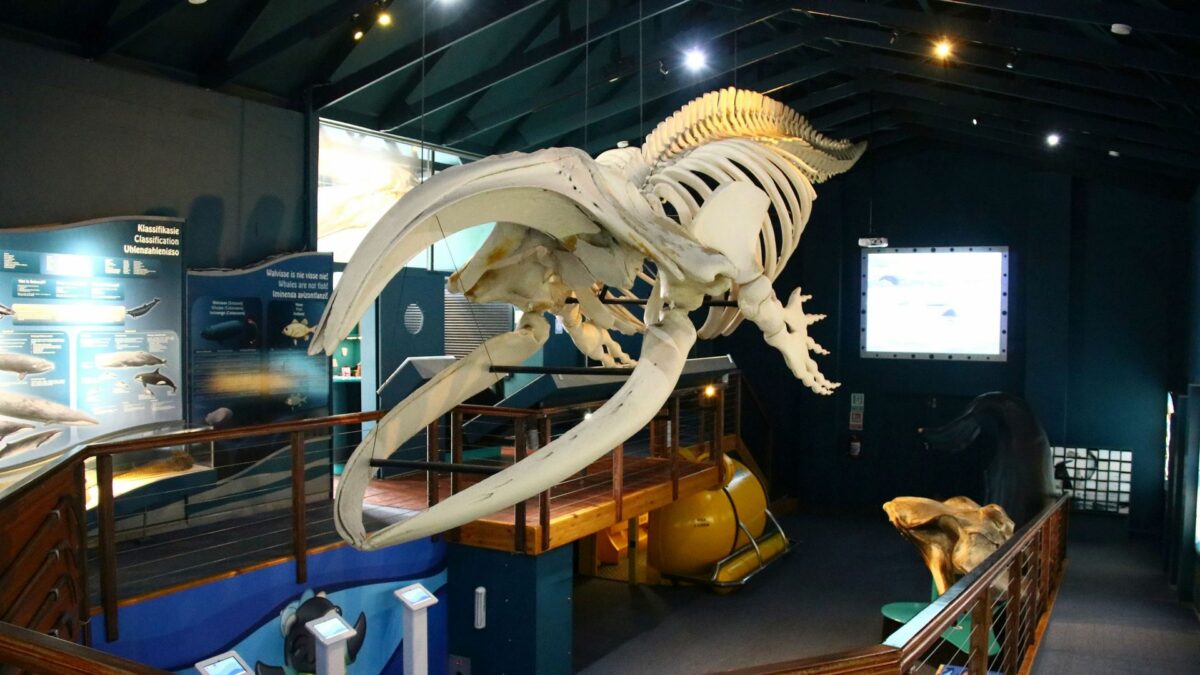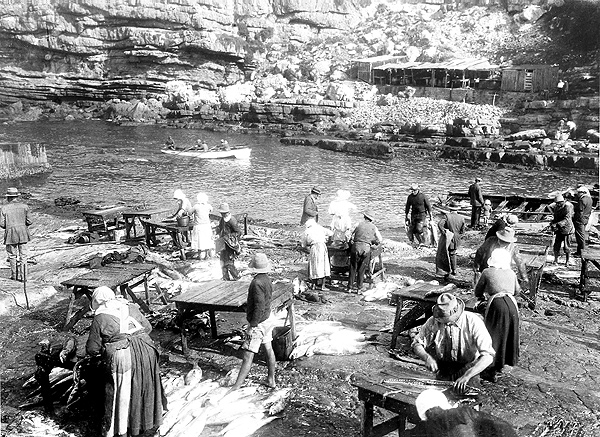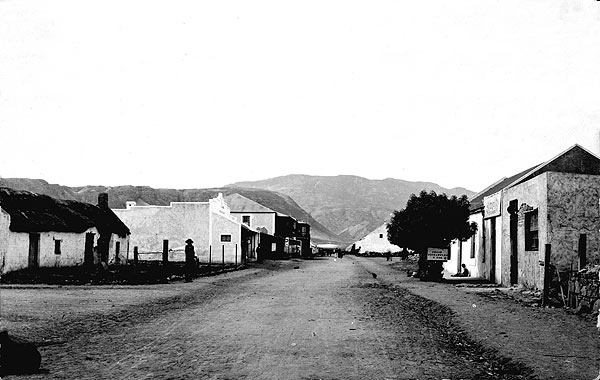Whale Museum

Old Fishing Harbour
March 1, 2023
De Wets Huis Photo Museum
March 2, 2023In 1991, as whales became the chosen tourist attraction to Hermanus, José Burman, Board of Trustees member and chairman of the Friends of the OHM, proposed a whale museum for the community of the Greater Hermanus on an open section of the Fishermen’s Village. Architect Pat Riley designed the ‘Whale House’ as her contribution to the museum and plans were ready by the beginning of 1994. The purpose of a whale museum was to inform and educate the many local and international visitors to the Greater Hermanus and to create awareness of these majestic animals in the waters of Walkerbay.
This exhibition in the museum was to be dedicated entirely to whales exhibits, especially the southern right whale as well as anything pertaining to cetaceans.
This concept was taken to community meetings and was met with great enthusiasm. Because of the importance of the heritage of the whales, the museum would play a vital role in establishing ownership of one of the greatest tourist attractions to Hermanus.
The Whale House was built in 3 sections: (1) Lecture Room (1995); (2) Whale House foundation, shop, office & toilets (1996); (3) Main Hall (1998) that consists of an exhibition hall especially designed to house a suspended whale skeleton and whale exhibition. Between all the different intervals, the completed rooms were rented out to raise funds towards the completion of the building.
The board of trustees approached Museum Service (part of Dept of Cultural Affairs and Sport) to assist the museum with the research and displays for the Whale House Museum.
After many unsuccessful attempts the search for a suitable skeleton ended in July 2003. A young female Southern Right whale, that had died at sea, washed up on the rocks at Onrus River. She was exactly the right size for the exhibition space. With assistance from the Overstrand Municipality and Hermanus Coast Care, the bones were carefully removed by specialist whale taxidermist Piet Pretorius and taken to Cape Town for cleaning and preparation.
As this whale was in an advanced state of decomposition, some of the bones came loose. A few were retrieved by divers, but others were lost. These bones had to be moulded and reconstructed by the taxidermist with a bone-like substance, which was a very costly affair. The other bones were cleaned and treated in huge containers filled with water and enzymes. This process took about two years to rid the bones of excess oil so that no major oil seepage will occur after the skeleton is hung.
After three and a half years, these bones were then cleaned, prepared, and assembled by taxidermist, Piet Pretorius and are now hanging in the Whale House.
During this waiting period, the intact skull of a young sperm whale was found on Hawston beach. The taxidermist reconstructed a few of the missing teeth and it is now displayed in a suspended position in the entrance to the Whale House.
In 1998 negotiations were initiated with the Scientific and Technical Divisions of Museum Service (Dep of Cultural Affairs) for the research & to compile a world-class exhibition on cetaceans.
After years of research and collecting of artefacts and information, most of the research was completed by Museum Scientific Services in 2006. Museum Technical Services continued with the construction of the new Whale House displays for ‘Welcome to our Whales’. Because of the extended research, time constraints and the nature of the designs that were developed, the services of private contractors with suitable equipment were co-opted to ensure that the exhibition is of international standard and something the community of the Greater Hermanus will be proud of.
Touch screens and panelled walls inside the museum help to inform the visitor about the whales and other cetaceans of the oceans. A yellow submarine, a puzzle, whale sounds and some whale artefacts are all firm favourites with the children. In 2021, the exhibition was upgraded by design company Formula-D, sponsored by the Department of Economic Development & Tourism to make the museum more family oriented.
Hours
The Whale Museum is open Monday – Saturday 09:00-16:30 and Sundays 11:00-15:00.
The entrance fee is R30.00 for adults and R10.00 for children.
The ticket is also valid for the De Wetshuis Photo Museum as well as the Old Harbour Museum.




